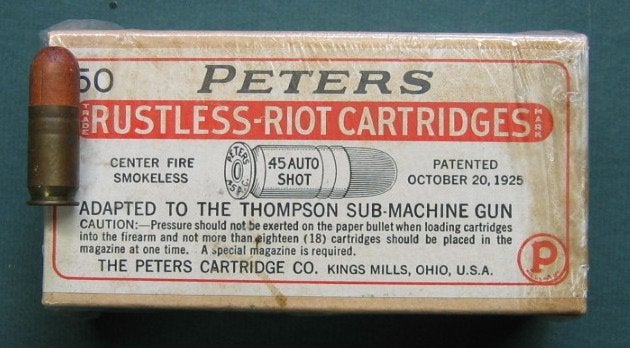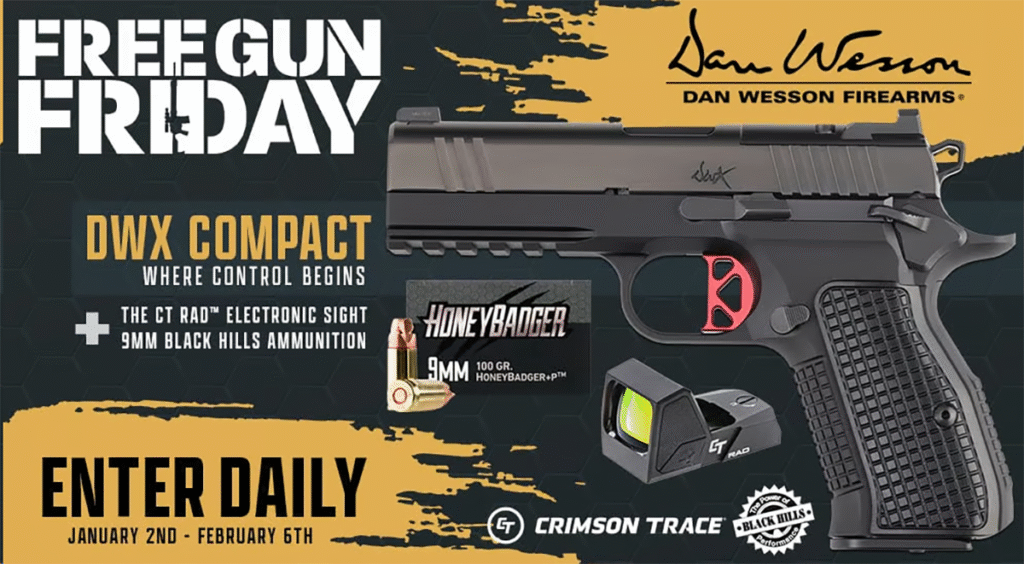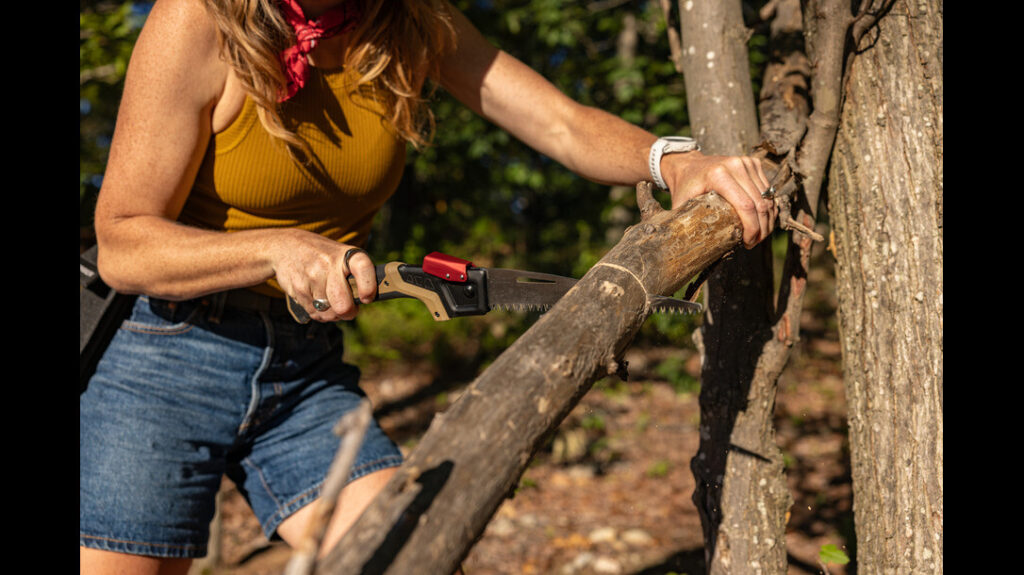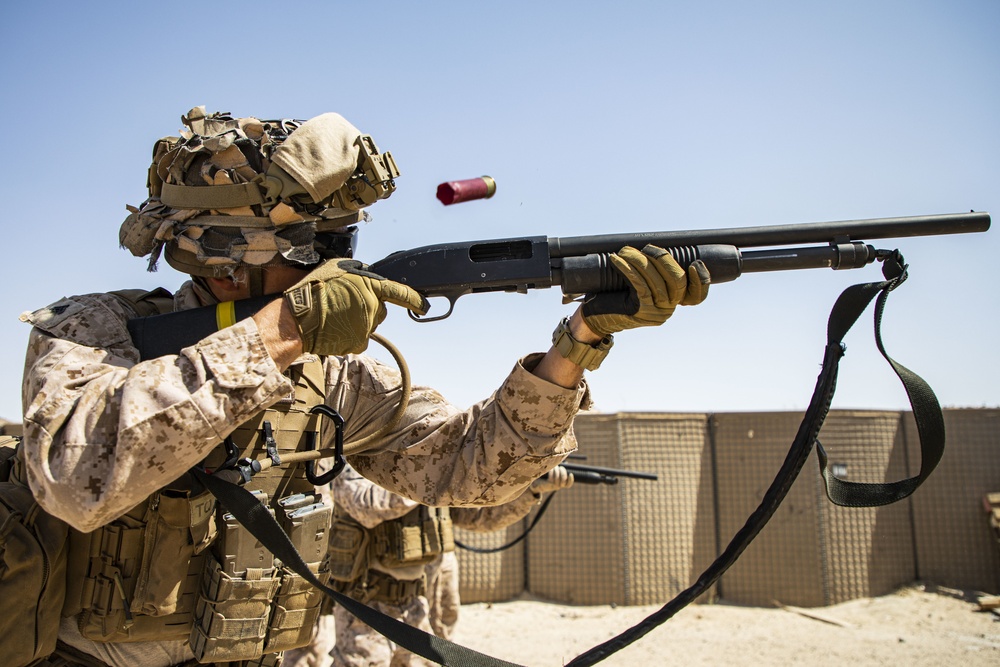Have you ever looked at the Thompson SMG and thought, “Hey, that would be a good straight pull bolt action, less-lethal riot shotgun loaded with Peters Riot cartridges!” No, you haven’t because you’re a normal person who does normal things and would never think that about a submachine gun. That doesn’t mean no one else would! The 1920s and the Thompson went hand in hand.
While most people can picture the drum-fed Thompson used by gangsters or the M1 model used by soldiers, many may not know that Thompson tried to be everything. Seriously, there was an era where they tried to produce a heavy Thompson as a proto-SAW, a mini Thompson for extremely close quarters, and yes, even a riot gun version of the Thompson.
The Peters Riot Cartridges
Well, not so much a riot gun version, but a special riot gun ammo that combined with a special magazine. The ammo was called the Peters Rustless Riot Cartridges, or the Peters Riot Cartridges, to save your breath. These rounds were produced for decades and were first patented in 1925.
Advertisement — Continue Reading Below
The cartridge was longer than your standard .45 ACP round and required a special magazine. The cartridges were brass cased with a cardboard-like sabot that looked like a pill. This cardboard pill design held 120 pellets of number 8 birdshot. I know what you’re thinking, it’s snake shot! You’re basically right, but they didn’t intend to use it for snakes.
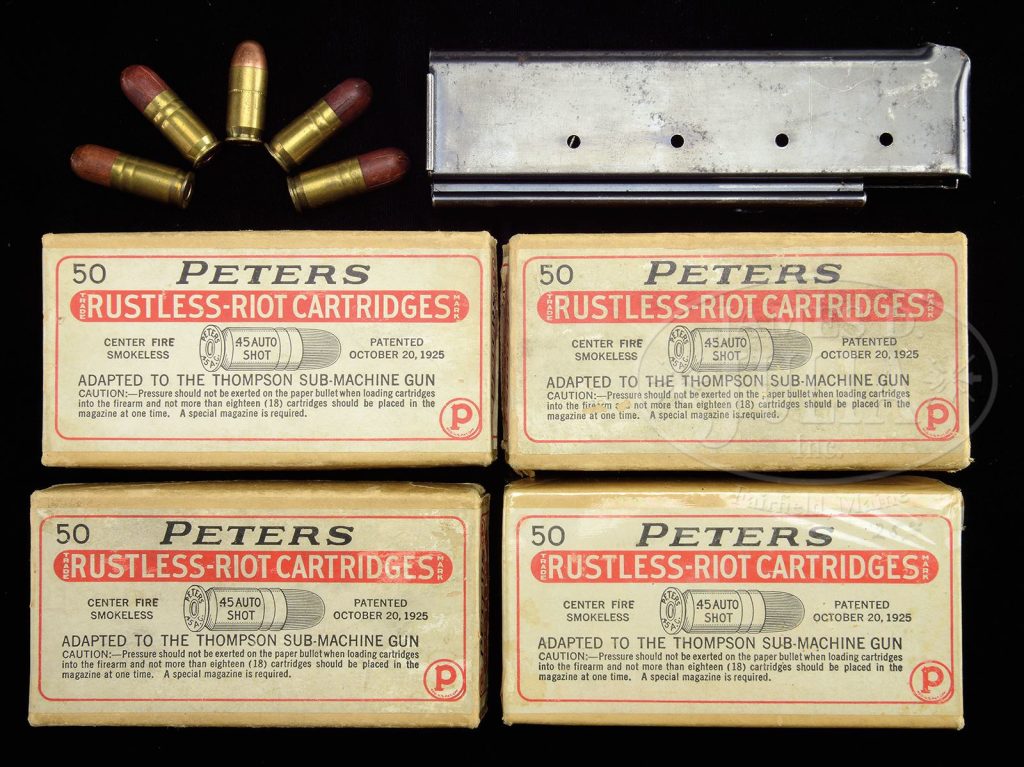
The Peters Riot Cartridges were produced for the law enforcement and military realms with a special focus on corrections. Keep in mind that in this era, the words less-lethal or non-lethal and firearms weren’t connected. Neither of those phrases appears on the ammo box.
Advertisement — Continue Reading Below
The idea appears to be that the Peters Riot cartridge had less lethal potential than a .45 slug. While it is possible to die for a low dose of No. 8 birdshot, it seems like you really gotta be trying to kill someone to do so. The technique at the time called for skipping the shot off the ground and into the rioting crowd.
A Thompson gunner could simply swap mags and turn his normal SMG into a straight pull bolt action shotgun spraying birdshot. I imagine firing from the hip and working the top-mounted charging handle would be quite easy. The magazine well of the Thompson has more room than necessary for stick mags due to the use of drums, so the longer magazine fits without issue.
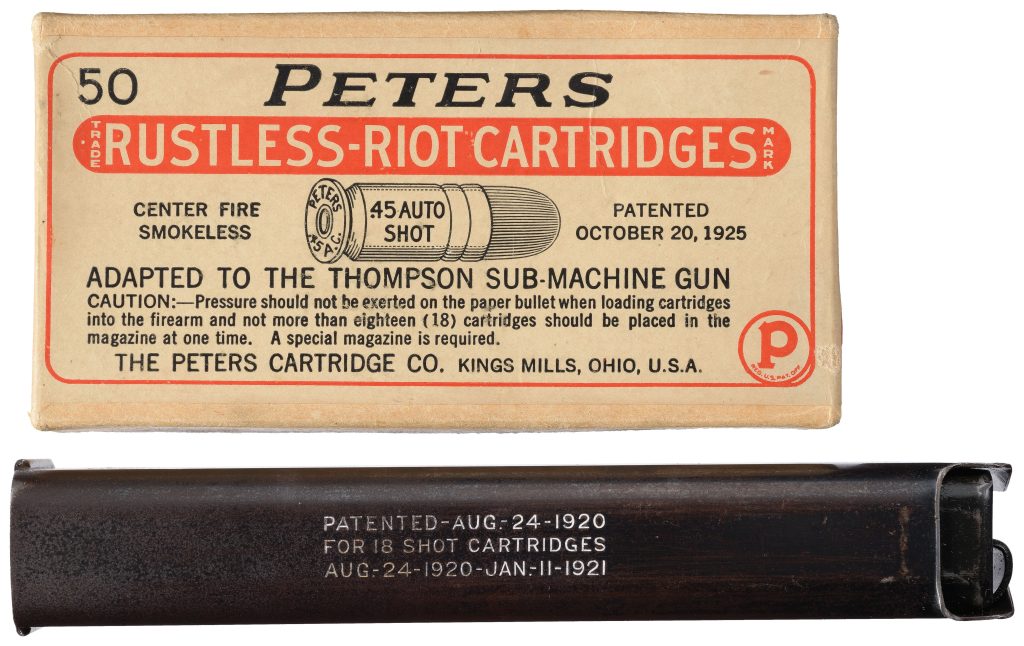
Advertisement — Continue Reading Below
Who used the Peters Riot Cartridge?
That’s the million-dollar question. It’s hard to tell if any police or corrections agencies used them. It bears mentioning that someone must have been buying the stuff since it was sold from 1925 to 1950. In 1934, Peters was sold to Remington, and the company continued to produce the round.
We do know that the U.S. Military purchased some, but not for riot control. The Peters Riot Cartridge was purchased in August of 1943 as the Cartridge Shot, Cal. .45 T26. By October of 43, it was standardized at the M12. Remington was now producing these rounds, and it seems there were some changes. The cartridges were the standard length of a .45 ACP round, and the paper pill now held 7.5 shot.
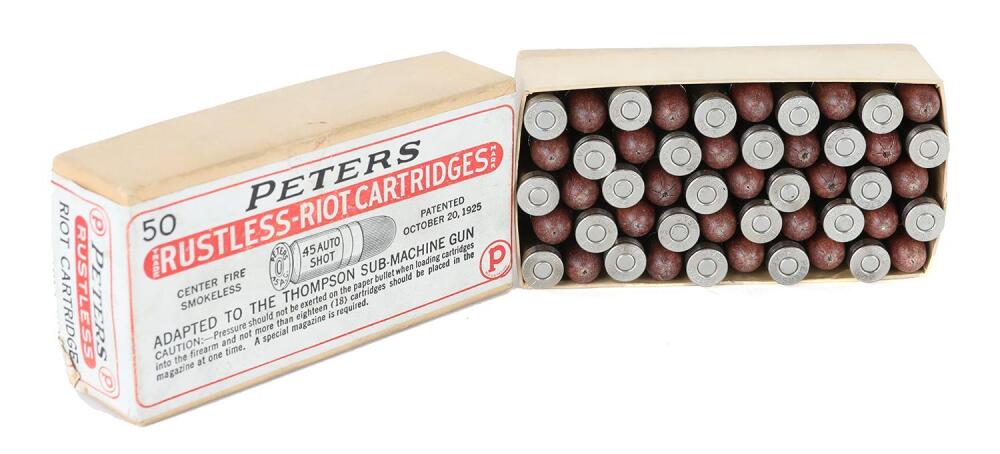
Advertisement — Continue Reading Below
This new Peters riot load was issued to pilots and air personnel and was designed to be loaded into their handguns. It was designed for hunting game. In fact, the cartridge boxes had warnings in English, German, and Japanese not to use the cartridge against enemy troops. Why? Well, it’s not clear. Likely to avoid breaking some odd rule of war.
It was issued for a limited time before being replaced by the .45 FMJ load. The general reason was that the cardboard was a big failure point in a wartime environment.
End of the Line
The Peters Riot cartridge faded from history and is fairly obscure and rare to come across now. However, as we all know, snake/rat shot has gone on to live a full life in tons of calibers. While birdshot isn’t advisable for less lethal applications like crowd control, it works well to keep the garden and barn clear of pests.
Advertisement — Continue Reading Below
